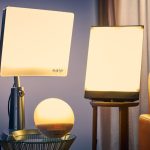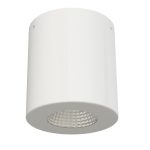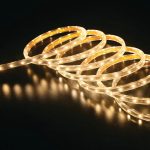Upgrade Your Lighting: A Comprehensive Guide on How to Buy LED Light Bulbs
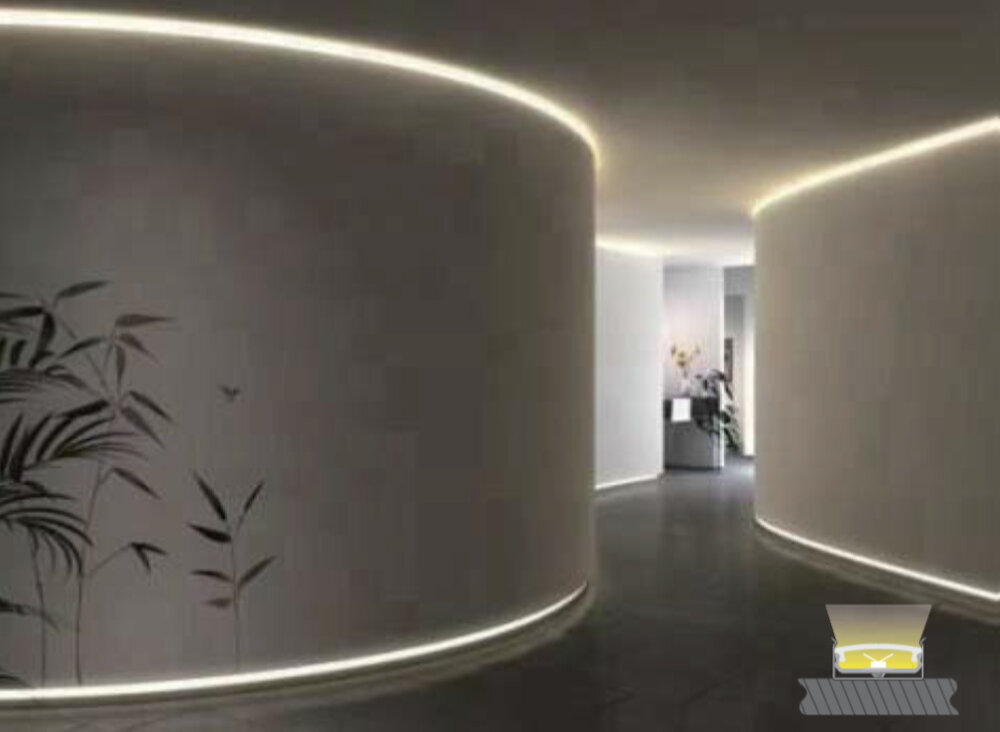
Lighting is an essential aspect of any household, office or commercial space. It not only illuminates the area but also affects the ambiance and mood of the room. With the advent of LED technology, traditional light bulbs have been replaced by energy-efficient and eco-friendly LED bulbs. LED bulbs consume less energy, last longer and emit less heat than incandescent bulbs. However, with so many options available in the market, choosing the right LED bulb can be overwhelming. This comprehensive guide will provide you with all the necessary information to make an informed decision before making a purchase. In this guide, we will cover everything you need to know about LED light bulbs from types of bulbs, color temperature, lumens, and wattage to compatibility with dimmer switches and smart home systems. We will also discuss the benefits of using LED bulbs over traditional bulbs and how they can save you money in the long run. Whether you are looking to upgrade your home lighting or seeking energy-efficient lighting solutions for your business, this guide will equip you with the knowledge to make the right choice. So, let’s dive in and explore the world of LED light bulbs together.
Lighting plays a crucial role in our daily lives, affecting our mood, productivity, and overall well-being. Adequate lighting enables us to perform various activities, from reading, cooking, and working to relaxing and socializing. Besides providing illumination, lighting can also enhance the aesthetics of our homes or workplaces. It can highlight architectural features, create ambiance, and accentuate decor. Moreover, energy-efficient lighting, such as LED bulbs, can reduce our electricity bills and carbon footprint, contributing to a sustainable and eco-friendly lifestyle. Therefore, investing in high-quality lighting solutions is not only practical but also beneficial for our health, comfort, and environment.
LED light bulbs have many advantages over traditional bulbs. Firstly, they are more energy-efficient and can save you up to 80% on your electricity bill. Secondly, they have a longer lifespan, lasting up to 25 times longer than traditional bulbs. In addition to this, they are also more environmentally friendly, as they do not contain any hazardous substances such as mercury. They also emit less heat, making them safer to use and reducing the risk of fire. Furthermore, LED bulbs are more versatile, as they can be used in a variety of settings, from homes to offices and even outdoor areas. Overall, upgrading to LED light bulbs can be a wise choice for anyone looking to save money, reduce their carbon footprint, and enjoy better quality lighting.
Understanding LED Light Bulbs
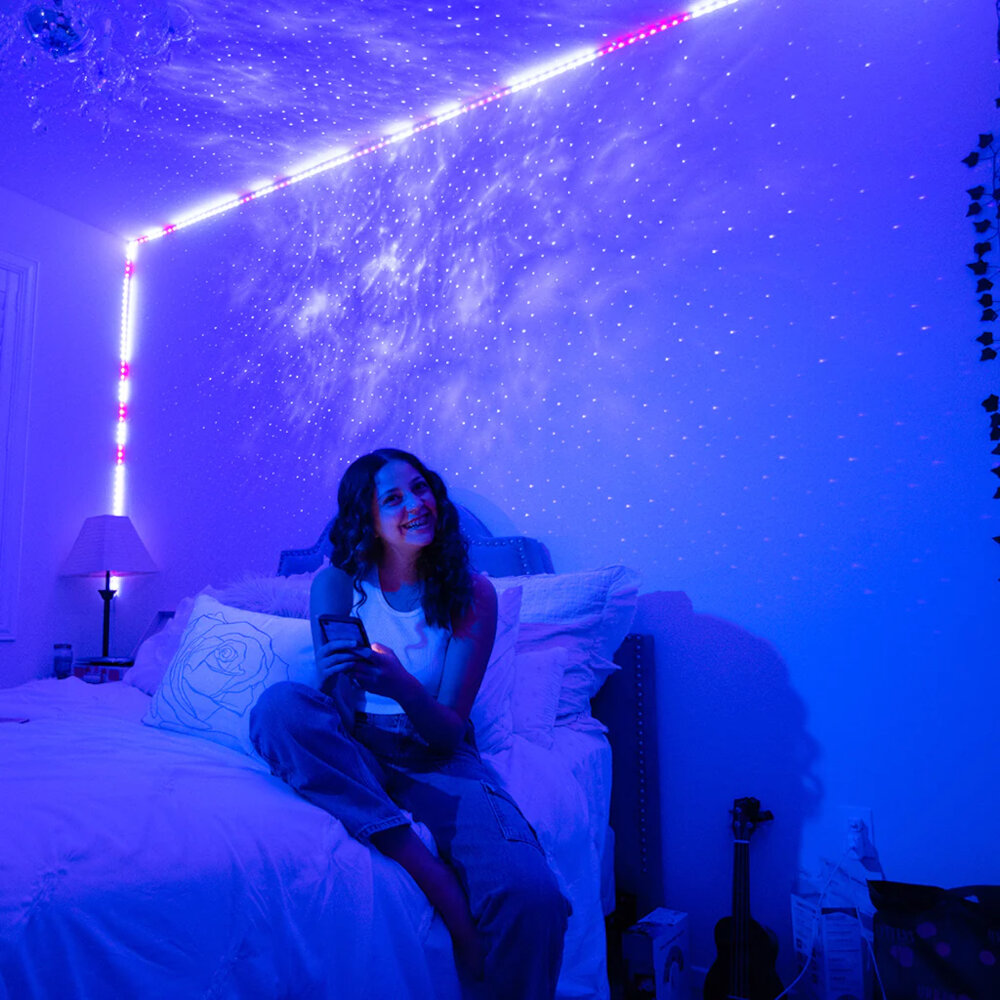
LED light bulbs have revolutionized the lighting industry and have become increasingly popular in recent years due to their energy efficiency, longevity, and versatility. Understanding LED light bulbs is essential when considering upgrading your lighting system. Unlike traditional incandescent bulbs, LED lights do not use a filament to produce light. Instead, they use a semiconductor to convert electrical energy into light. This process results in a more efficient and longer-lasting light source. One of the most significant advantages of LED light bulbs is their energy efficiency. LED bulbs use up to 80-90% less energy than traditional bulbs, making them an excellent option for those looking to save on their energy bills. In addition, LED bulbs have a significantly longer lifespan than traditional bulbs, lasting up to 25 times longer. LED lights are also versatile and come in a range of colors and styles to suit any lighting need. Whether you’re looking for warm, cool, or daylight lighting, LED bulbs can provide the perfect lighting solution for your home or business.
LED light bulbs are a type of lighting technology that uses light-emitting diodes to produce bright and efficient light. Unlike traditional incandescent bulbs, which rely on heating a filament to produce light, LED bulbs use a semiconductor material to create light through a process called electroluminescence. This technology allows LED bulbs to use significantly less energy than traditional bulbs, while also lasting much longer and producing less heat. LED bulbs are available in a wide range of brightness levels, color temperatures, and styles, making them a versatile and eco-friendly choice for any lighting application. Whether you’re looking to upgrade your home or office lighting, LED bulbs offer a cost-effective and energy-efficient solution that will save you money and help reduce your carbon footprint.
LED bulbs are a significant upgrade from traditional bulbs in terms of energy efficiency, lifespan, and environmental impact. Unlike incandescent bulbs, LED bulbs produce light without generating heat, which makes them more energy-efficient and cost-effective in the long run. Additionally, LED bulbs can last up to 25 times longer than incandescent bulbs, significantly reducing the need for frequent replacements. LED bulbs also contain no hazardous materials, such as mercury, which are often found in traditional bulbs, making them safer for both people and the environment. With their advanced technology and numerous benefits, LED bulbs are an excellent investment for anyone looking to upgrade their lighting.
There are several types of LED bulbs available in the market, each with its own unique features and benefits. The most common type is the A-shaped LED bulb, which is designed to replace traditional incandescent bulbs. These bulbs come in a variety of wattages and color temperatures, making them suitable for a range of applications. Another popular type is the PAR LED bulb, which is used for directional lighting, such as in track lighting or recessed fixtures. These bulbs are available in different beam angles, allowing you to choose the one that best suits your needs. Additionally, there are also decorative LED bulbs, such as filament bulbs or globe bulbs, which can add a touch of style to any room. It is important to consider the intended use and requirements of your space when choosing the type of LED bulb that is right for you.
Factors to Consider When Buying LED Light Bulbs
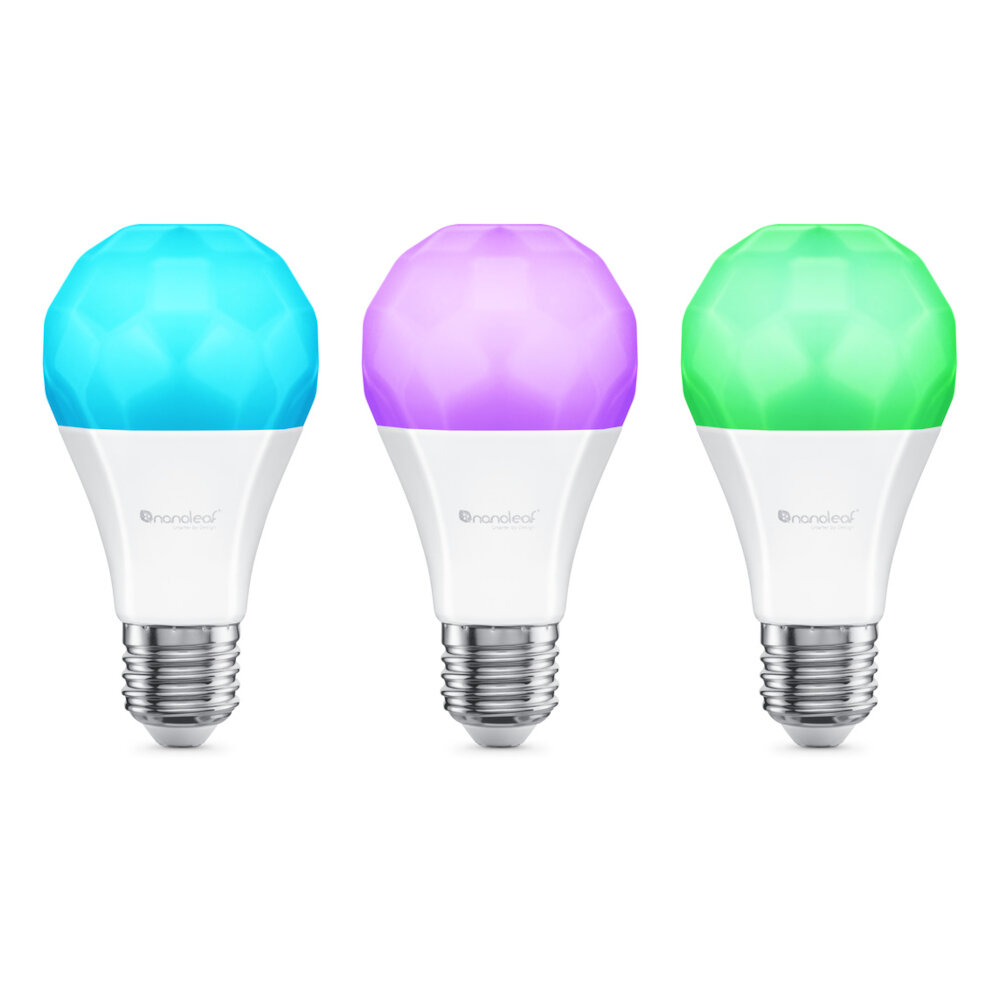
When it comes to buying LED light bulbs, there are several factors that you need to consider. First and foremost, it is essential to look at the color temperature of the bulb. LED bulbs come in a range of color temperatures, from warm white to cool white. Warm white is typically recommended for living spaces, as it creates a cozy and inviting atmosphere. On the other hand, cool white is ideal for task-oriented spaces, such as kitchens and bathrooms, as it provides a bright and energizing light. It is also important to note that color temperature is measured in Kelvin (K), with lower numbers representing warmer colors and higher numbers representing cooler colors. Another factor that you need to consider when buying LED light bulbs is the brightness level or lumens. Lumens measure the amount of light emitted by a bulb, and the higher the number, the brighter the light. The brightness level you choose will depend on the room and the intended use of the bulb. For example, a bedroom may require a bulb with a lower lumen count, while a workspace may require a brighter bulb. Additionally, it is important to consider the wattage equivalent of the LED bulb, as this will give you an idea of how much energy it will consume. LED bulbs typically use significantly less energy than traditional incandescent bulbs, so choosing an LED bulb with a lower wattage equivalent can help you save on your electricity bill.
When it comes to lighting, lumens and brightness are two crucial aspects to consider. Lumens refer to the amount of light emitted by a bulb, and the higher the lumens, the brighter the light. This is an important factor to consider, especially when buying LED light bulbs, as they tend to have lower wattage than traditional incandescent bulbs. Therefore, when shopping for LED bulbs, it’s important to look for bulbs with a higher lumen count to ensure the desired level of brightness. Moreover, understanding lumens can also help you in determining the right bulb for your space, as different areas may require different levels of brightness, depending on the task or ambiance desired.
Color temperature is a metric of light that measures the hue of a light source, ranging from warm to cool. It is measured in Kelvin (K) and influences the overall ambiance of a room. Lower temperature bulbs (2700-3000K) provide a warm and cozy feeling, similar to traditional incandescent bulbs. On the other hand, higher temperature bulbs (5000-6500K) provide a cooler and brighter light, mimicking natural daylight. Choosing the right color temperature can enhance the mood and atmosphere of a space, and it is important to consider the purpose of the room before making a decision. For example, a warm and cozy bedroom may benefit from a lower temperature bulb, while a bright and energizing home office may require a higher temperature bulb.
Wattage and energy efficiency are two crucial factors to consider when purchasing LED light bulbs. Wattage refers to the amount of power the bulb requires to operate, while energy efficiency measures the bulb’s ability to convert that power into light. LED bulbs are known for their high energy efficiency, often using 75% less energy than traditional incandescent bulbs. This means that even if an LED bulb has a higher wattage than an incandescent bulb, it will still use less power overall. When shopping for LED bulbs, it’s important to pay attention to both the wattage and energy efficiency ratings to ensure you are getting the most efficient and cost-effective option for your lighting needs.
When buying LED light bulbs, it is important to consider the compatibility with your fixtures. LED bulbs come in various shapes, sizes, and bases, so it is essential to choose the right one that fits your lighting fixtures. Make sure to check the bulb’s packaging or the fixture’s manual to know the recommended bulb type and wattage. Additionally, some fixtures may require a specific type of dimmer switch to control the brightness of the LED bulb. Incompatible fixtures may result in flickering, buzzing, or even damage to the bulb or fixture. By ensuring compatibility with your fixtures, you can maximize the benefits of LED lighting while avoiding any potential issues.
How to Choose the Right LED Bulbs for Your Home or Business
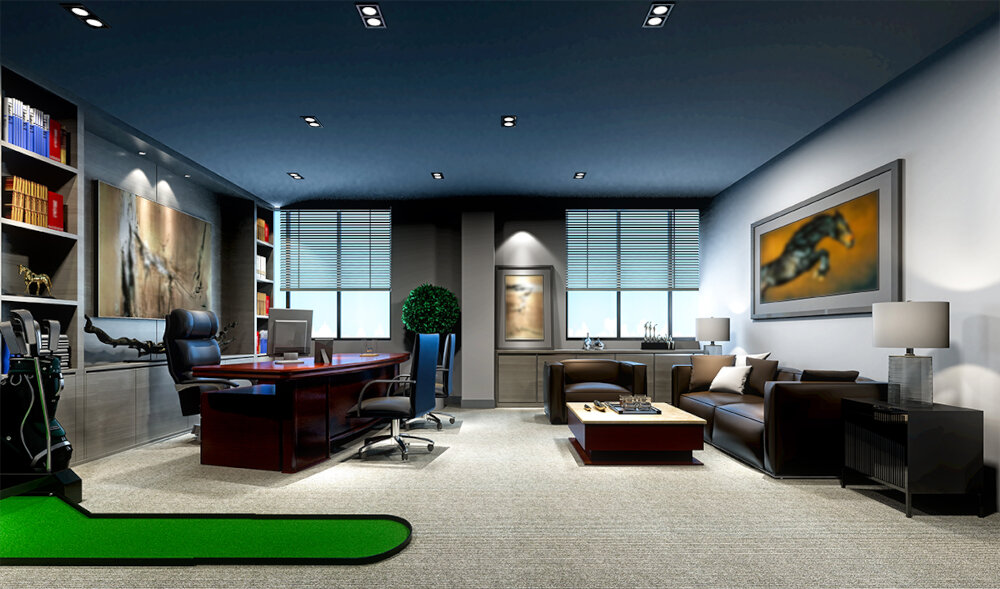
Upgrading to LED light bulbs is a great way to save energy, reduce your electricity bill, and create a more comfortable and eco-friendly atmosphere in your home or business. However, with so many options on the market, choosing the right LED bulbs can be a daunting task. To make the process easier, you should start by considering the brightness, color temperature, and lifespan of the bulbs you need. Brightness is measured in lumens, and the higher the lumens, the brighter the light. You should choose bulbs with the right amount of lumens for your needs, and consider whether you want a warm or cool color temperature. Warm light is generally more relaxing and suitable for living spaces, while cool light is more energizing and suited for work environments. Finally, you should choose bulbs with a long lifespan to avoid the hassle of frequent replacements. Another factor to consider when choosing LED bulbs is the type of bulb base you need. There are many different types of bases, including screw-in, pin base, and bi-pin, among others. You should choose the type of base that matches your existing fixtures to ensure that the bulbs fit properly. Additionally, you should consider the shape and size of the bulb itself, as this can affect the way the light is dispersed. Some bulbs are designed to cast light in all directions, while others are more directional, so you should choose the right shape and size for your needs. By taking these factors into account, you can choose LED bulbs that are the right brightness, color temperature, lifespan, and design for your home or business. This will help you save energy and money, while creating a comfortable and inviting atmosphere that suits your needs.
Assessing your lighting needs is an important step when upgrading to LED light bulbs. Start by identifying the purpose of each room and how much light is required to perform tasks comfortably. Consider the color temperature of the bulbs as well, as it can affect the mood of the room. For example, warm white bulbs may be better suited for a cozy living room, while cool white bulbs may be more appropriate for a brightly lit kitchen. Additionally, take note of the current fixtures in the room and ensure that the LED bulbs you select are compatible. By evaluating your lighting needs, you can make informed decisions when purchasing LED light bulbs that will enhance the overall ambiance and functionality of your home.
When it comes to upgrading your lighting with LED light bulbs, it’s important to identify the right bulb shape and size for your fixtures. Bulb shapes can vary from the traditional A-shape to globe, candle, or reflector shapes, and each serves a specific purpose. For example, globe bulbs are ideal for fixtures that require a softer, diffused light, while reflector bulbs are better suited for directional lighting. Additionally, it’s important to consider the size of the bulb, as not all fixtures can accommodate every size. It’s always best to measure your fixture and consult a sizing chart to ensure you select the appropriate bulb size for optimal performance and energy efficiency.
Selecting the appropriate color temperature is an essential aspect of upgrading your lighting with LED light bulbs. Color temperature is measured on the Kelvin (K) scale and refers to the color appearance of the light emitted by the bulb. A lower Kelvin value (2700K-3000K) produces warm, yellowish light that is suitable for creating a cozy ambiance in living spaces. On the other hand, a higher Kelvin value (4000K-5000K) produces cool, bluish light that is ideal for task lighting in workspaces or kitchens. It is crucial to consider the intended use of the lighting when selecting the color temperature to ensure that the lighting complements the space’s function and enhances its aesthetic appeal.
When it comes to upgrading your lighting, it’s important to consider the lifespan and warranty of the bulbs you’re purchasing. LED light bulbs are known for their long lifespan, with some lasting up to 25,000 hours or more. Be sure to check the estimated lifespan of the bulbs you’re considering and compare them to other options. Additionally, look for bulbs that come with a warranty to ensure you’re protected in case of any defects or issues. A good warranty can give you peace of mind and save you money in the long run, so don’t overlook this important factor when choosing LED bulbs for your home or business.
Tips for Maintaining Your LED Light Bulbs
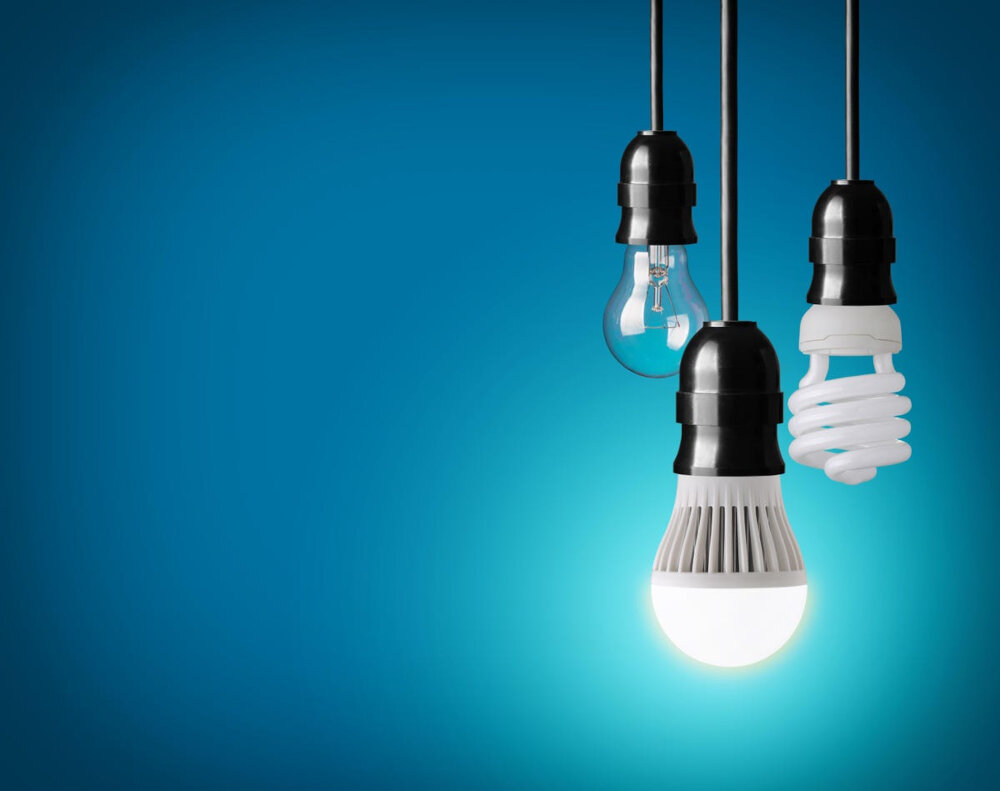
LED light bulbs have become a popular choice for homeowners due to their energy efficiency and long-lasting lifespan. However, to ensure that your LED light bulbs continue to function properly, it is important to take care of them. One of the most important tips for maintaining your LED light bulbs is to keep them clean. Dust and dirt can accumulate on the surface of the bulbs, which can reduce their light output and lifespan. To clean your LED light bulbs, simply wipe them with a soft, dry cloth or use a gentle cleaning solution if necessary. Another important tip for maintaining your LED light bulbs is to avoid using them in enclosed fixtures or in areas where they will be exposed to high temperatures. LED bulbs generate heat, and if they are used in enclosed fixtures or in areas where the temperature is too high, they can overheat and fail prematurely. To avoid this, make sure that you use LED bulbs that are designed for use in enclosed fixtures, and avoid using them in areas where the temperature exceeds their recommended operating range. By following these tips, you can ensure that your LED light bulbs provide you with years of reliable and energy-efficient lighting.
Proper installation and usage of LED light bulbs is crucial for their optimal performance and longevity. Firstly, ensure that the bulb is compatible with your fixture and that the wattage and voltage match. Secondly, follow manufacturer instructions on how to install the bulb and handle it with care, avoiding touching the bulb with bare hands. Lastly, use the bulb in appropriate settings, such as indoor or outdoor use, and avoid placing it near heat sources or in enclosed fixtures that can cause overheating. By taking these precautions, you can enjoy the energy-efficient and long-lasting benefits of LED lighting while minimizing the risk of accidents or damage to the bulbs.
Regular cleaning and maintenance of your LED light bulbs can significantly extend their lifespan and maintain their performance. Dust and debris can accumulate on the surface of the bulb, reducing its brightness and efficiency. To clean the bulbs, turn them off and let them cool down before wiping them with a soft, dry cloth or a microfiber cloth. Avoid using water or cleaning solutions as they can damage the bulb. It is also important to regularly check the fittings and connections of the bulbs to ensure they are secure and functioning properly. By incorporating regular cleaning and maintenance into your lighting routine, you can ensure that your LED light bulbs are performing at their best and saving you money in the long run.
When upgrading your lighting system, it is important to properly dispose of old bulbs. Traditional incandescent bulbs contain hazardous materials such as lead and mercury that can be harmful to the environment. These bulbs should be replaced with LED bulbs, which are more energy-efficient and last longer. Additionally, LED bulbs can be recycled, reducing the amount of waste that ends up in landfills. Proper disposal and recycling of old bulbs not only benefits the environment but also ensures the safety of those who handle them. It is essential to follow local guidelines and regulations for the disposal of hazardous waste to protect our planet and its inhabitants.
In the article \Upgrade Your Lighting: A Comprehensive Guide on How to Buy LED Light Bulbs,\ several key points were discussed to help readers make informed decisions when purchasing LED light bulbs. These included understanding the different types of LED bulbs, such as dimmable and non-dimmable options, as well as the importance of selecting the right color temperature and brightness for your needs. The article also stressed the significance of checking the bulb’s lumens and wattage to ensure energy efficiency and provided tips for finding the best deals and discounts on LED bulbs. By following these guidelines, readers can upgrade their lighting to more eco-friendly and cost-effective LED options while also enhancing the overall ambiance of their living spaces.
Overall, upgrading your lighting with LED bulbs is a smart investment that not only saves you money in the long run but also benefits the environment. LED bulbs produce less heat, last significantly longer, and consume less energy than traditional incandescent bulbs. This means that you won’t have to replace them as often, and your energy bills will be lower. Additionally, LED bulbs come in a wide range of colors and brightness levels, so you can find the perfect fit for your home or business. While the initial cost may be higher than traditional bulbs, the long-term benefits make it a worthwhile investment. So, if you’re looking to upgrade your lighting, consider switching to LED bulbs and enjoy the many benefits they have to offer.
Conclusion
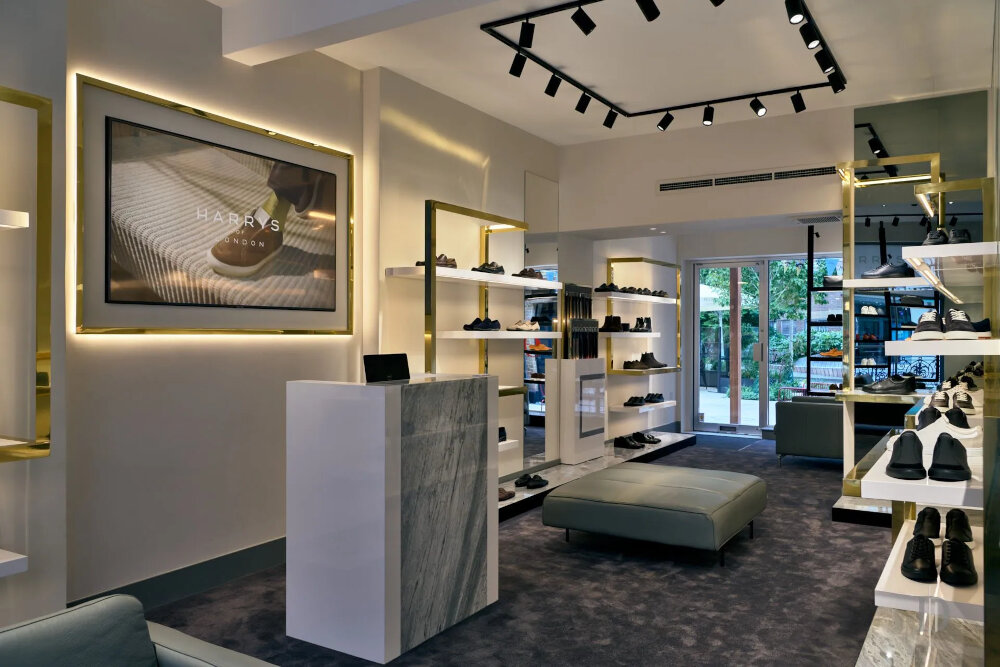
In conclusion, upgrading your lighting to LED bulbs is a smart move for both your wallet and the environment. With this comprehensive guide, you now have the knowledge to confidently navigate the world of LED lighting and make informed purchasing decisions. Remember to consider factors such as lumens, color temperature, and dimming capability to ensure that the LED bulbs you choose meet your specific needs. By making the switch to LED lighting, you can enjoy brighter, more efficient, and longer-lasting illumination in your home or workplace. So, what are you waiting for? Upgrade your lighting today and start experiencing the benefits of LED technology for yourself!


